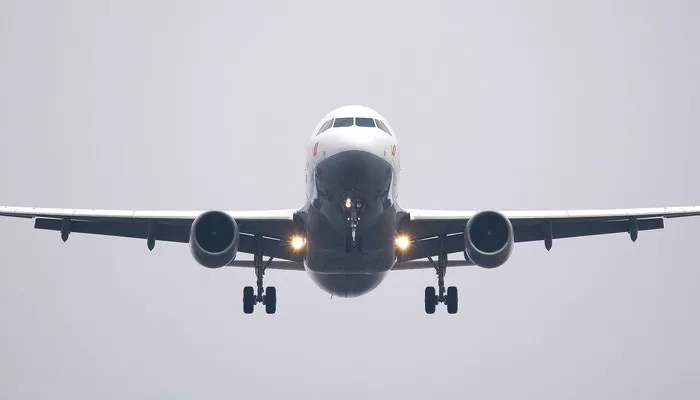Travel
The Financial Impact of Frequent Flyer Programs on Modern Airlines

- Frequent flyer programs have become key revenue drivers for airlines, resulting in huge profits.
- Revenue comes from membership fees, co-branded credit cards, point sales, dynamic pricing, and data-driven marketing.
- Despite challenges such as increased expenses, fraud concerns, and regulatory scrutiny, these programs are crucial for airline profitability and consumer loyalty.
When you think of the airline industry, you may envision elegant aircraft flying through the skies or crowded airport terminals. However, a lesser-known element is propelling the industry’s financial success: frequent flyer programs. These loyalty programs, which were originally created to reward repeat travellers, have grown into a financial behemoth that greatly increases airline revenues.
The History and Evolution of Frequent Flyer Programs
Frequent flyer programs (FFPs) were popular in the 1980s, with American Airlines leading the way with its AAdvantage program. Originally designed to increase customer loyalty, these programs have evolved into sophisticated marketing tools that produce significant revenue streams for airlines. Airlines have expanded their FFPs beyond simply accumulating and redeeming travel points by partnering with hotels, car rental providers, and other businesses.
How Frequent Flyer Programs Drive Profits
Airlines’ financial viability has become more dependent on frequent flyer programs. Here’s how they perform their magic:
- Membership Fees: Elite members frequently pay annual fees to gain access to premium FFPs. This revenue stream is consistent and financially stable, regardless of how frequently members fly.
- Co-branded Credit Cards: Airlines collaborate with credit card firms to provide co-branded cards. When a cardholder makes a purchase, the airline receives a portion of the transaction fees and interest payments.
- Point Sales and Transfers: Airlines sell loyalty points to customers and allow them to be transferred between programs, creating a secondary market that increases income even further.
- Dynamic Pricing: By providing discounts for tickets booked with points, airlines can influence consumer spending habits and reduce the consequences of fare wars.
- Data collection and marketing: Frequent flyer programs provide airlines with important information about customer preferences and behaviours. This information enables targeted marketing and personalised client care, increasing total profitability.
Impact on the Airline Industry
Frequent flyer programs have impacted the airline industry in several important ways:
- Industry Consolidation: These initiatives have enhanced consumer loyalty, making it more difficult for new airlines to enter the market and driving more industry consolidation.
- Revenue Growth: The added revenue from FFPs has allowed airlines to invest in new aircraft, improve service offerings, and broaden their route networks.
- Enhanced Customer Experience: Benefits like priority boarding, lounge access, and upgrades enhance the travel experience, encouraging additional loyalty.
Challenges and Opportunities
Despite their success, frequent flyer programs suffer a number of challenges:
- Rising Costs: The costs of offering benefits such as upgrades and lounge access are increasing. Airlines must find strategies to contain these expenditures while preserving the program’s appeal.
- Fraud and abuse: Frequent flyer programs are prone to fraud. Airlines require robust systems to prevent misuse and maintain program integrity.
- Changing Consumer Preferences: As consumer expectations shift, airlines must adjust their FFPs, maybe by introducing new benefits or embracing sustainability programs.
The Financial Strength of Frequent Flyer Programs
Frequent flyer programs have become critical to airline profits. For example, Delta Air Lines earned $6.8 billion with its co-branded American Express card, while American Airlines and United Airlines received $5.2 billion and $3.2 billion, respectively. This money is critical, given the airlines’ projected net incomes for 2023, which underline the need of FFPs in maintaining their financial health.
Regulatory Scrutiny
Regulators are increasing their scrutiny of frequent flyer programs. The Department of Transportation is conducting an investigation to ensure that these programs are transparent and fair. Additionally, planned legislation may limit the fees that credit card companies can collect, thereby affecting the incentives granted by these schemes.
Are They Beneficial to Passengers?
Frequent flyer programs can benefit customers, especially if credit card balances are paid off quickly and high interest rates are avoided. However, travellers should be vigilant about the true value of their miles and avoid being overcharged when redeeming them for flights.

























































